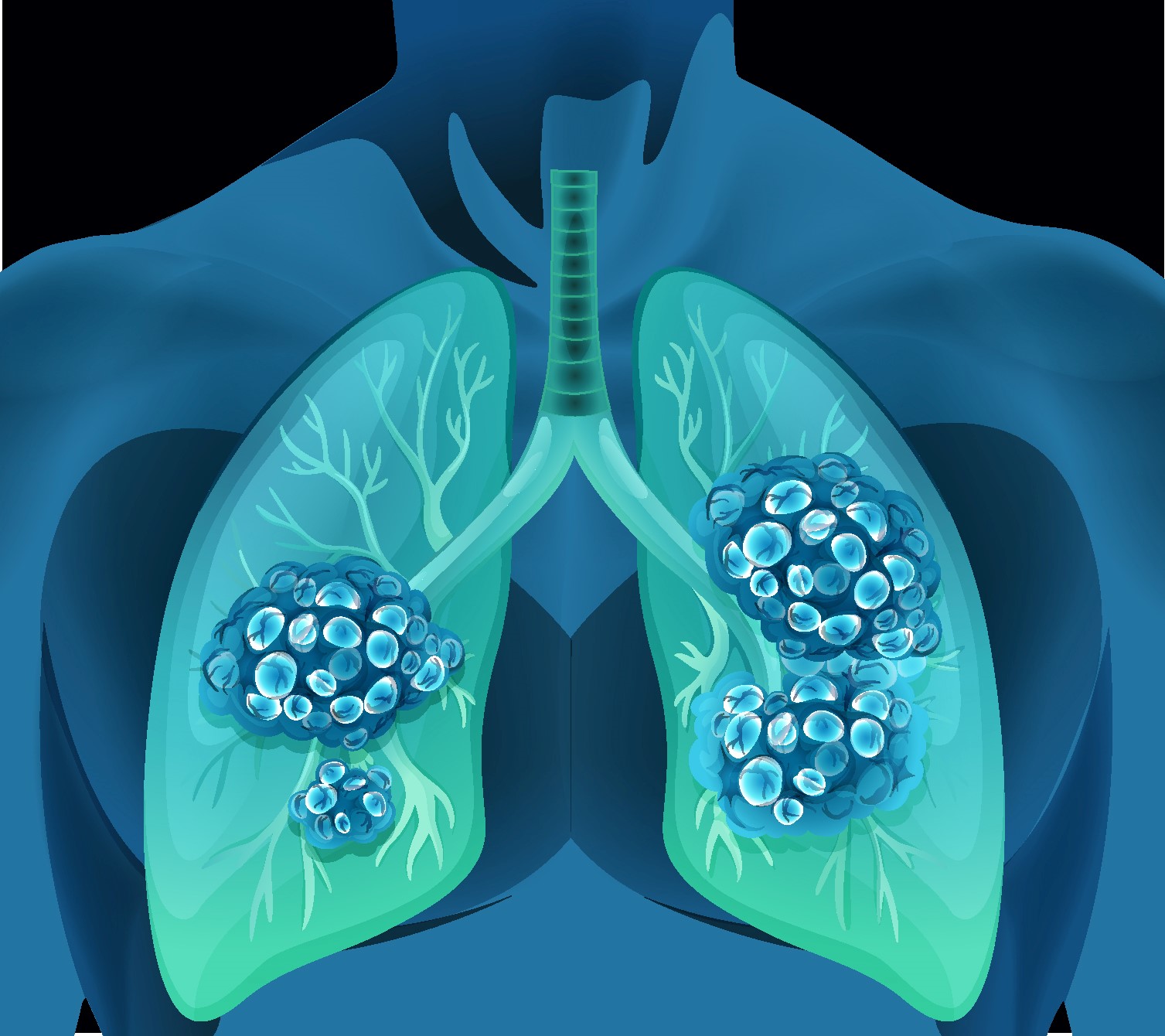Microbe-microbe interactions can strongly influence growth and biofilm formation kinetics. For Pseudomonas aeruginosa and Candida albicans, which are found together in diverse clinical sites, including urinary and intravenous catheters and the lungs of individuals with cystic fibrosis (CF), we compared the kinetics of biofilm formation by each species in dual-species and single-species biofilms. We engineered fluorescent protein constructs for P. aeruginosa (producing ) and C. albicans (producing ) that did not alter growth and enabled single-cell resolution imaging by live-sample microscopy. Using these strains in an optically clear derivative of synthetic CF sputum medium, we found that both P. aeruginosa and C. albicans displayed increased biovolume accumulation-by three- and sixfold, respectively-in dual-species biofilms relative to single-species biofilms. This result was specific to the biofilm environment, as enhanced growth was not observed in planktonic cocultures. Stimulation of C. albicans biofilm formation occurred regardless of whether P. aeruginosa was added at the time of fungal inoculation or 24 h after the initiation of biofilm development. P. aeruginosa biofilm increases in cocultures did not require the Pel extracellular polysaccharide, phenazines, and siderophores known to influence C. albicans. P. aeruginosa mutants lacking Anr, LasR, and BapA were not significantly stimulated by C. albicans, but they still promoted a significant enhancement of biofilm development of the fungus, suggesting a fungal response to the presence of bacteria. Last, we showed that a set of P. aeruginosa clinical isolates also prompted an increase of biovolume by C. albicans in coculture. There is an abundance of work on both P. aeruginosa and C. albicans in isolation, and quite some work as well on the way these two microbes interact. These studies do not, however, consider biofilm environments under flow, and our results here show that the expected outcome of interaction between these two pathogens can actually be reversed under flow, from pure antagonism to an increase in biomass on the part of both. Our work also highlights the importance of cellular-scale spatial structure in biofilms for understanding multispecies population dynamics.
Both Pseudomonas aeruginosa and Candida albicans Accumulate Greater Biomass in Dual-Species Biofilms under Flow.


